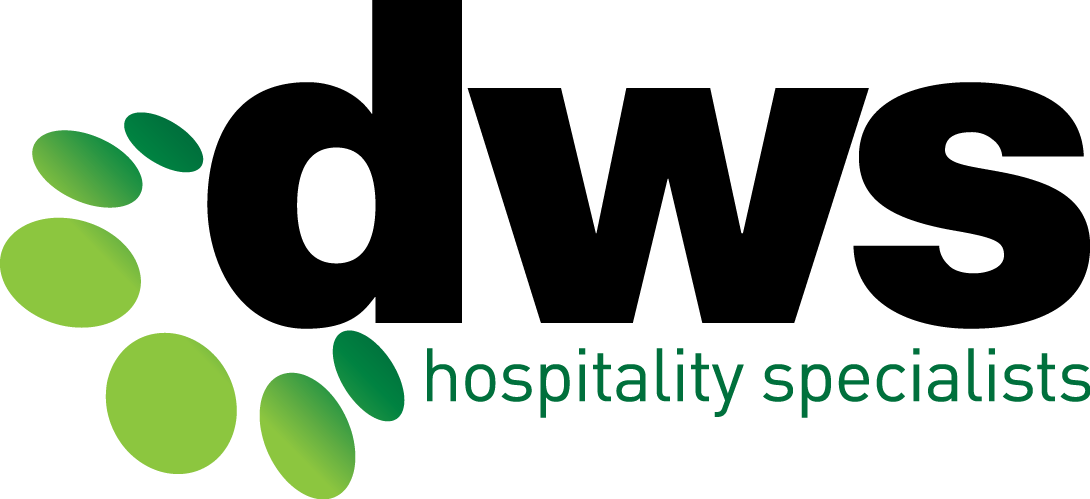By Luke Jeffress – Consultant
Venues often employ industry-wide averages as key points of comparison and analysis without factoring in the real cost of benchmarking and big data anomalies. At face value it would seem like a solid strategy to assist with planning, i.e. if the industry is averaging 16% then, through statistical reasoning, our venue should be achieving this or better … seems logical doesn’t it?
Not so much. The use of averages can be misleading if you don’t take into account the possibility that a mean can be pulled in one direction or another by extreme values. We took an in-depth look at the “industry averages” of gaming trends over the past 5 years, and as the data shows, these big data figures are indeed subject to distortion.
To quickly break it down, we closely reviewed the following:
The changes in:
- metered win (revenue);
- the number of venues;
- the number of gaming machines (EGMs); and
- average daily revenue (ADR).
We then separated the data by geographic region and venue size, splitting Hotels into two categories:
- under 30 machines
- above 31 machines
While Clubs were split into three categories:
- 1 – 80 machines
- 81 – 180 machines
- above 181 machines
Next we drilled down a little further, looking into the trends within a region. The below graph shows the average growth in metered win over five years for all venues in Queensland.
The Twin Peaks of Average.
You’ll notice that instead of seeing a hump in the middle like a typical bell curve (the upside down U shape), we instead found twin peaks – one below the average and one above suggesting that there are two groups here growing at different rates.
These results had us wondering;
- Who are these two groups composed of?
- Why is there a difference?
- Why is one group growing a lot faster than the other?
“… I hate Benchmarking! Benchmarking is Stupid! Why is it stupid? Because we pick the current industry leader and then we launch a five year program, the goal of which is to be as good as whoever was best five years ago, five years from now.” – Tom Peters (www.tompeters.com)
The Hotels
Looking at the average of smaller hotels (30 machines or under) vs the larger hotels (above 31 machines) showed little variance. Both increased their average number of machines, both substantially increased their Average Daily Rate (ADR), and both grew their average revenue per venue over five years.
What this data doesn’t display are the extremes within the venues, e.g. smaller venues that successfully grew into larger ones, declined into closure or were bought out by another venue – thus hiding the under and over performers.
The Clubs
The same analysis was performed again with the clubs, who were broken down into three categories: under 80, 81-180 and above 180 gaming machines. Unlike the hotels, the clubs showed a sizeable variance, with the key points being:
- The two smaller club categories decreased in number of venues by approximately 18% each. While some moved into the larger category (only 11), 80 of them disappeared. To put this into perspective, 18% is almost one-in-five. (It needs to be noted that some of these may have dropped off the radar by no longer having gaming machines).
- Both the smallest (under 80 EGMs) and largest (above 180 EGMs) clubs increased the number of machines per venue, with medium sized clubs declining.
- All groups grew their metered win and ADR by at least 10%.
As expected, larger clubs performed stronger than the smaller ones on average, but the problem once again lies in the meaning of ‘average’.
If you are an RSL club, looking at the overall industry averages (which includes large sporting clubs and hinterland taverns), does not provide you with relevant information to base your decisions on. You need break it down much further to find information that is meaningful to your club.
Using data to develop the full picture
Using benchmarks and averages to make strategic decisions for your business is a double edged sword. Firstly, it’s great that you are looking for tangible targets to strive for, but applying overall industry statistics in a blanket form to your own situation can be a risky venture.
Next time you’re comparing wages, gross profit in the bar, gaming performance, the effectiveness of your marketing campaigns, or anything else in your venue – don’t settle for the industry average. They almost never provide the answers you are looking for and they are not a substitute for real research, collaboration, or specific growth strategies based on data directly related to your venue.
Developing the full picture sometimes takes assistance to gather the right data for your venue, creating Key Performance Indicators (KPIs) and an action plan to achieve it. Break away from the average by contacting us on (07) 3878 9355 or info@dws.net.au.




